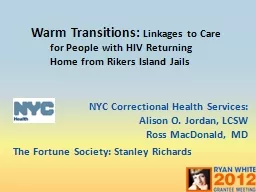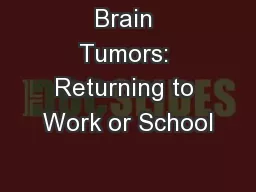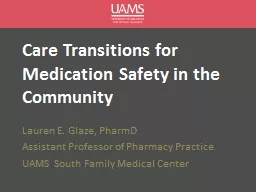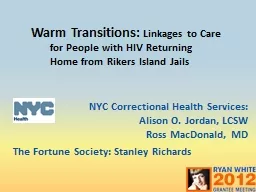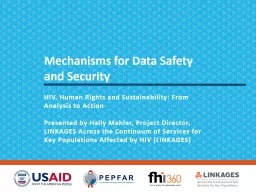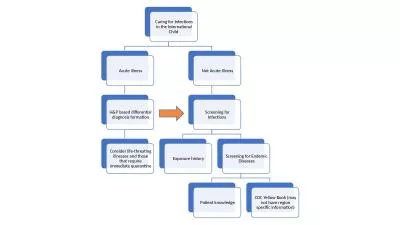PPT-Warm Transitions: Linkages to Care for People with HIV Returning Home from Rikers Island
Author : faustina-dinatale | Published Date : 2018-09-21
Jails NYC Correctional Health Services Alison O Jordan LCSW Ross MacDonald MD The Fortune Society Stanley Richards Abstract New York City NYC jails are
Presentation Embed Code
Download Presentation
Download Presentation The PPT/PDF document "Warm Transitions: Linkages to Care for..." is the property of its rightful owner. Permission is granted to download and print the materials on this website for personal, non-commercial use only, and to display it on your personal computer provided you do not modify the materials and that you retain all copyright notices contained in the materials. By downloading content from our website, you accept the terms of this agreement.
Warm Transitions: Linkages to Care for People with HIV Returning Home from Rikers Island: Transcript
Download Rules Of Document
"Warm Transitions: Linkages to Care for People with HIV Returning Home from Rikers Island"The content belongs to its owner. You may download and print it for personal use, without modification, and keep all copyright notices. By downloading, you agree to these terms.
Related Documents

